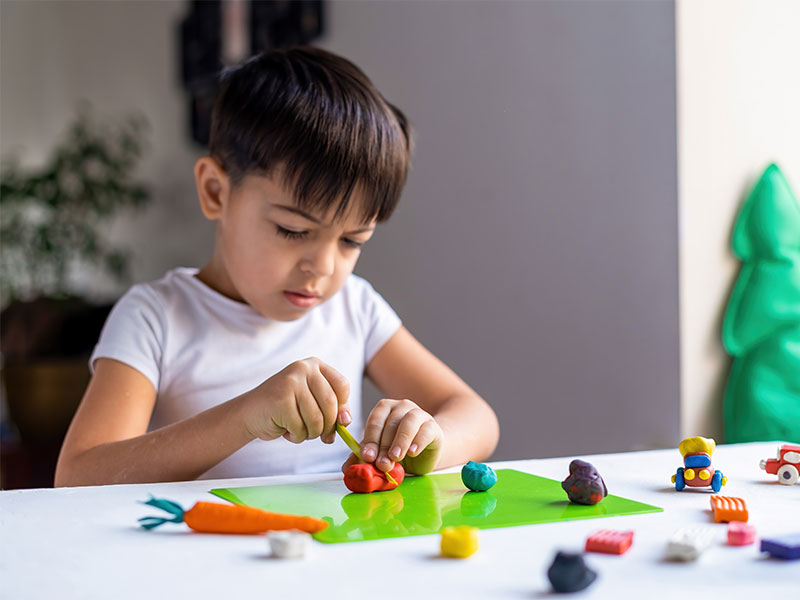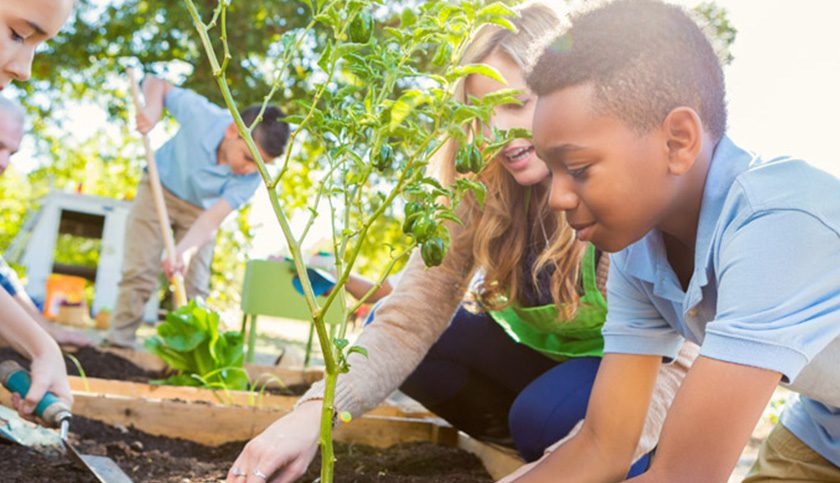
Setting Learning Goals Can Help Your Child Perform Better
There are several ways by which the performance of a child can be enhanced. Just like a teacher or a parent plays an important role, there are certain activities that can actually be beneficial to improve their learning experience. For instance, setting learning goals can be quite helpful. This is quite a complicated job considering
Here are some of the ways by which a child can perform better if they set learning goals.
• Improved potential
By setting learning goals, close observation will tell whether or not the child is able to achieve those targets. This can help the teacher and the student to understand their true potential and work even harder to improve it. The skills of the children can also be enhanced in this way to increase efficiency in the future. This, in turn, will impact the performance of the student positively.
• Increased focus
When a child develops a habit to approach learning by setting goals, the focus is sure to remain steady. A consistent focus upon a particular subject is very important for bringing considerable improvement in the performance. In fact, when a goal is set, the primary target is to achieve that particular goal. All the focus will be shifted to that which will be a stepping stone towards performing better.
• Organized learning system
Setting learning goals will help the child to develop an organized approach. The target must not only be to finish the given syllabus but also to comprehend it with a clear mind. The students need to have a systematic approach towards learning which barres them from adopting a haphazard manner where they are made to juggle with various things at the same time. This is a short-term as well as a long-term way to perform better.
• Understanding areas of strength and weakness
It is very important to understand the areas of strength and weakness to perform better in the future. Setting learning goals will help to do so. The capabilities of children differ in every subject. If they get to know which areas, they are to work harder, the end result can be quite satisfactory.
• Use it as a personal tool
The ultimate goal is personal development. The learning goals can be used as a personal tool by the children to make a difference in their performance. They are able to evaluate their strengths, weaknesses, and potential. It is quite helpful because this way the student is taking ownership of his/her own learning and becoming more responsible. This is a great help for the teachers because the “spoon-feeding” technique is being eradicated here.






